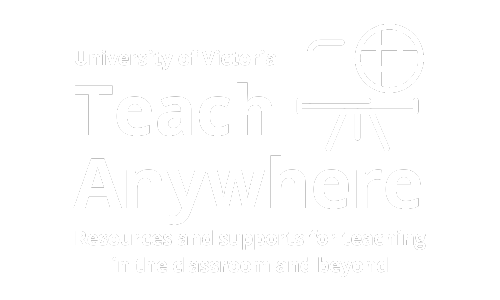Including elements in your course design which acknowledge the diversity of your students can contribute to creating a safe space where students feel more comfortable sharing their experiences, particularly with respect to viewpoints shaped by their individual culture. This can be especially important when cultural background is not evident, as when classes are online and there is limited opportunity for casual interaction.
Strategies to support inclusivity online include
- providing a statement of equity and inclusion in the course welcome
- identifying cultural cues in discussions and framing questions to elicit examples from different cultural settings and/or to appeal to different cultural groups
- organizing groups to include a range of diversity of experience and knowledge
There are a range of ways to provide support for English as an Additional Language (EAL) students (and help mitigate or avoid any issues which can arise from the online emphasis on written exchanges). For example,
- give options for ways students interact with each other (e.g. both synchronous and asynchronous; text or video reflection responses)
- outline and repeat key points; highlight essential messages
- explain relevant background information; define new/unfamiliar words or concepts
- avoid jargon, idioms, and colloquialisms
- use closed-captioned videos when possible and use visuals (caution: characters and symbols can reflect different beliefs and values for diverse students)
- identify when informal language and /or linguistic errors may be acceptable (e.g. in brainstorming sessions) and when formal, correct language is required (e.g. in assignments)
- check out this article on culturally responsive online teaching for more ideas
